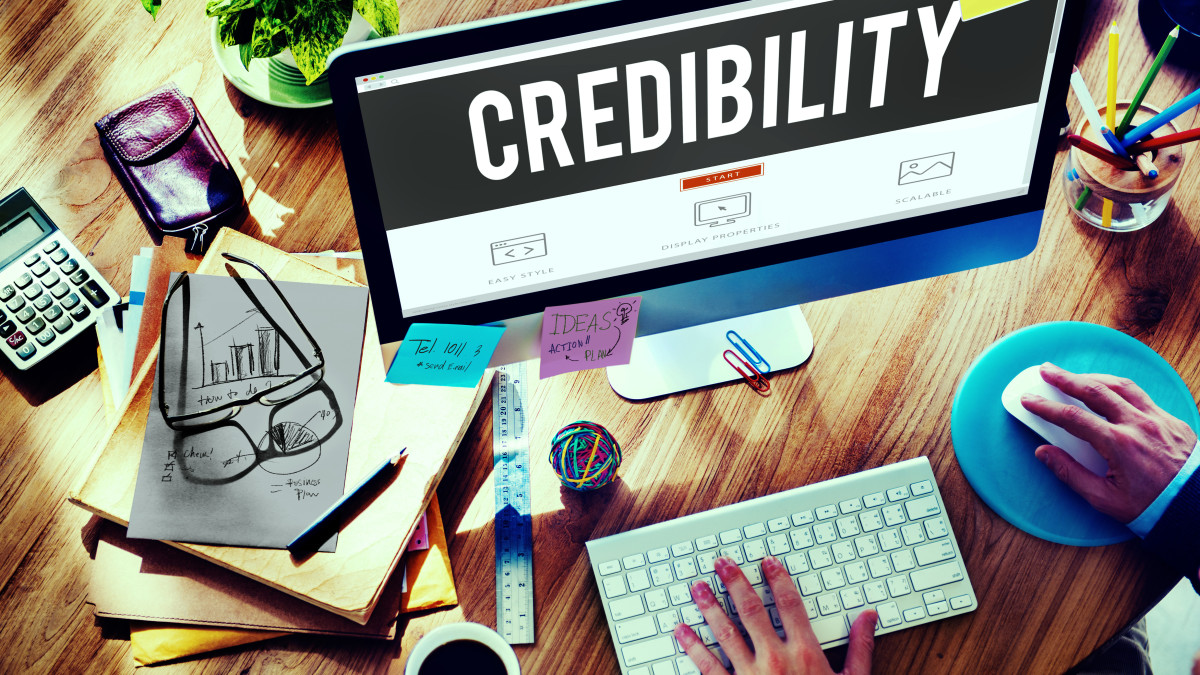There’s a question every business owner should ask them selves; Does your site’s credibility directly affects whether visitors become satisfied customers or just bounce. Thankfully, WordPress websites offer the flexibility and tools needed to build a trustworthy website from the ground up.
This blog post will guide you through the best practices, strategies, and tools to help you create a credible, conversion friendly WordPress site that wins trust and drives more business.
Why Website Credibility Matters
Credibility plays a crucial role in digital success. A high credibility site can lead to numerous benefits: lower bounce rates, higher conversions, better SEO rankings, and more clients. Without trust, even the most visually appealing website won’t convert.
Whether you’re trying to sell products, book consultations, or simply generate leads, building trust must be a core part of your web design strategy.
Use a Custom Domain Name
Having a custom domain is one of the first trust signals users look for. A website with a .com or .org domain feels far more legitimate than a generic subdomain (e.g., yourbiz.wordpress.com).
Always opt for a custom domain name that matches your brand. Display your domain prominently in the address bar using an SSL certificate (HTTPS), which boosts both security and user trust.
Read More: Choosing the Perfect WordPress Website Domain Name
Choose a Premium Theme with Clean Design
Your website’s design influences your first impression. Use a modern, responsive premium theme to give your WordPress website a polished, professional appearance. Avoid clutter and spammy ads. Ensure readability with good font choices and white space. A consistent color scheme and branding across the site helps build credibility and brand recall.
Optimize Your Site’s Performance

Users won’t wait for a slow site to load. Long loading times destroy credibility and hurt conversions. Here’s how to improve your site performance:
- Optimize images using plugins like ShortPixel or Smush.
- Minimize the use of full page pop ups that frustrate users.
- Use caching plugins and fast hosting.
- Run regular checks for broken links.
- Monitor your website’s performance with tools like Google PageSpeed Insights or GTmetrix.
Install SSL Certificates and Strong Security Measures
Security is nonnegotiable when you’re trying to build credibility. SSL certificates are a basic requirement.
- Use SSL certificates to enable HTTPS.
- Apply strong security measures through plugins like Wordfence or Sucuri.
- Regularly back up your site.
- Stay updated to protect against security threats.
- Avoid outdated plugins or themes.
Share Trust Signals Throughout the Site
Trust signals reassure users that your business is legitimate. Display trust seals (like Norton Secured or SSL badges). Add payment icons for eCommerce transactions. Highlight certifications or business bureau affiliations, include real team bios and clear contact forms.
Credibility Starts With Clarity
Let’s help you build a WordPress site that earns trust from the first click.
Use Social Proof to Build Trust

Social proof is one of the most powerful ways to establish credibility. Feature reviews from satisfied customers. Include logos of brands you’ve worked with. Link to active social media accounts. Add testimonials or case studies. Let users leave reviews directly on the site. These efforts will assure potential clients that others trust your services.
Create an Active Blog Post Section
An active blog builds authority and keeps your own site updated with relevant information.
- Post regularly with helpful, value driven content.
- Cover topics that matter to your potential customers.
- Keep your writing style clean and jargon free.
- A blog also gives users a reason to return.
Check Out: How to install a free SSL certificate in WordPress?
Enable Transparent Communication
A trustworthy website should never feel anonymous. Include a visible phone number and address. Use easytofind contact forms. Clearly list your services and pricing (when possible). Provide detailed information about your process. Transparent communication builds trust faster than fancy visuals ever will.
Monitor and Adjust with Google Analytics
To keep credibility high, you need to constantly assess what’s working and what’s not. Set up Google Analytics to track site performance, behavior flow, and bounce rate. Use these insights to adjust your content, layout, and website’s design. Optimization is an ongoing process.
Reduce Distractions and Errors
Clutter and technical issues harm your site’s credibility. Limit annoying full page pop ups. Disable comments if they’re full of spam. Eliminate broken links regularly. Remove irrelevant or outdated website content. A clean site is a credible site.
Offer Useful OptIn Offers
Use optin offers (like downloadable guides or checklists) to demonstrate value before asking for a sale. Make them useful and relevant. Connect them to your email marketing strategy. Free value builds trust and encourages repeat visits.
Final Thoughts
Building trust through your WordPress website isn’t just about aesthetics it’s about making users feel safe, informed, and respected. Every detail counts from loading speed and security measures to social proof and easy navigation.
Establishing trust is an ongoing process, but the payoff is worth it: more clients, more money, and long term success. Follow the tips in this blog post to take your site from basic to believable and start building the credibility your business deserves.




